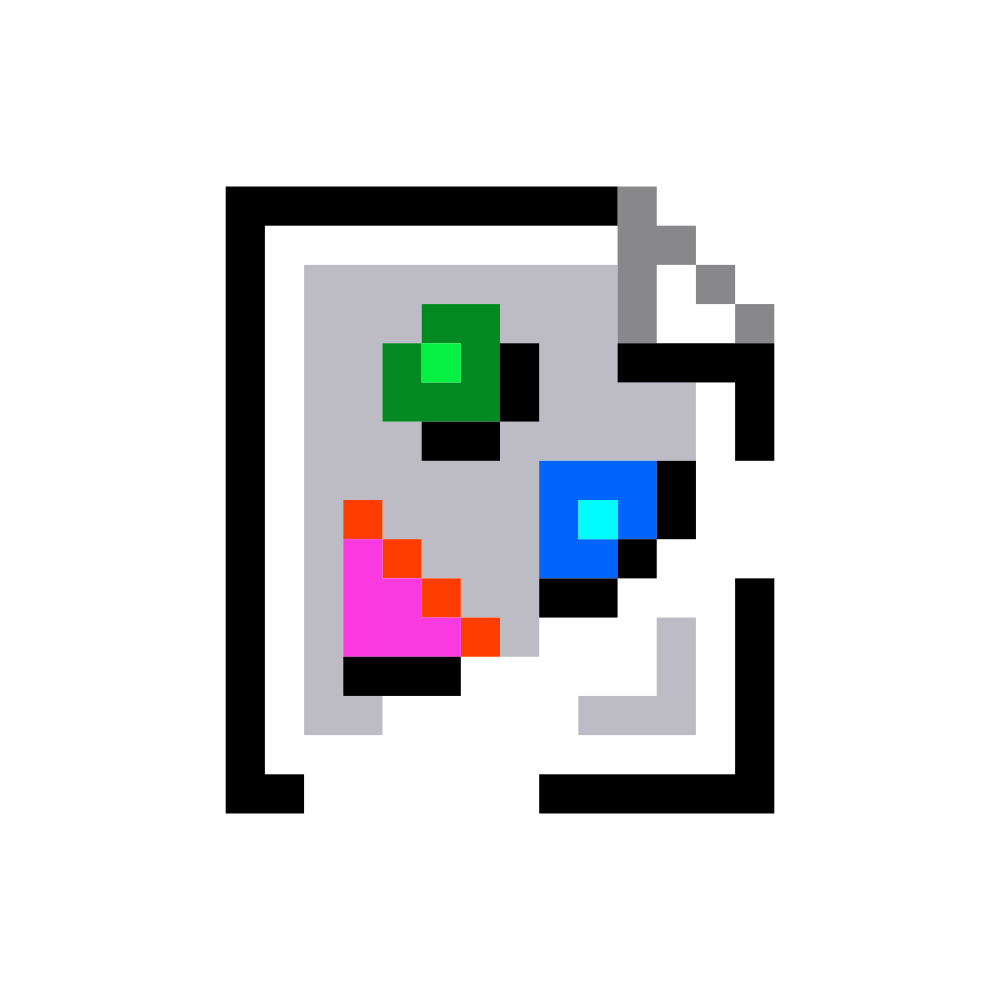Which Linux command or utility is simple, powerful, and surprisingly unknown to many people or used less often?
This could be a command or a piece of software or an application.
For example I’m surprised to find that many people are unaware of Caddy, a very simple web server that can make setting up a reverse proxy incredibly easy.
Another example is fzf. Many people overlook this, a fast command-line fuzzy finder. It’s versatile for searching files, directories, or even shell history with minimal effort.
A few that I use every day:
- Fish shell
- Starship.rs
- Broot (a brilliant filesystem navigator)
- Helix editor (My favorite editor / IDE, truly the successor to vim IMO)
- Topgrade (updates everything)
I heard about helix from you and I’ve used it for a year and a half or so now, it’s by far the best editor I’ve used so far and I can definitely vouch for it
Nice!
Just commenting to give more love to helix. It’s my favorite “small quick edits” editor.
Helix is great thanks
I’ve actually been testing with fish recently coming from zsh, though I might wait until 4.0 fully releases before I make a more conclusive decision to move or not.
With that said, I remember looking through omf themes and stumbled onto Starship that branched off one of the themes and really liked the concept.
Once Helix gets plugin support and someone makes a Clojure REPL plugin as good as Conjure I am never touching
vimagain!It does have clojure lsp support, but you’ll probably have to use a command line for most repls.
Yeah the clojure lsp support is top notch, but there being no support for “jacking in” to a repl is the big thing keeping me from using helix full time. There’s a way of doing it if you use kitty, but it’s pretty janky.
I think a lot of people don’t realise that yt-dlp works for many sites, not just YouTube
I used it recently for watching a video from tiktok without having to use their god awful web UI and it was amazing
Since everyone keeps mentioning yt-dlp I gotta ask: what’s wrong with the original youtube-dl? I keep using it, it works, it’s still being updated.
yt-dlp has sponsorblock features, youtube-dl does not.
The huge list of sites can be found here https://github.com/yt-dlp/yt-dlp/tree/master/yt_dlp/extractor
It also supports ripping playlists. Fantastic to archive a set locally…
jq - super powerful json parser. Useful by hand and in scripts
I love jq, but I wouldn’t call it “surprising simple” for anything but pretty-formatting json. It has a fairly steep learning curve for doing anything with all but the simplest operations on the simplest data structures.
It’s not even pretty or accessible. 2-spaced indentation is incredibly hard to read.
It can also format minimized JSON from cURL API requests
Combine with jc to process CSV files. This is how I get data into my plain text accounting system.
jq?
yq can do both JSON and YAML :)
https://github.com/johnkerl/miller is like awk, sed, cut, join, and sort for name-indexed data such as CSV, TSV, and tabular JSON
grep goes crazy if you know your regex
I’m a big fan of
screenbecause it will let me run long-running processes without having to stay connected via SSH, and will log all the output.I do a lot of work on customers’ servers and having a full record of everything that happened is incredibly valuable for CYA purposes.
I’d recommend
tmuxfor that particular use. Screen has a lot of extras that are interesting but don’t really follow the GNU mentality of “do one thing and do it well.”Tmux / Screen is like the emacs/vim of the modern day Linux I think.
Screen is more than capable, but for those who have moved to Tmux, they will absolutely advocate for it.
Woah screen is seeing active development again? There was like a decade where it stagnated. So much so that different distros were packaging different custom feature patches (IIRC only Ubuntu had a vertical split patch by default?) Looking at it now, the new screen maintainers had to skip a version to not conflict with forks that had become popular.
When tmux stabilized I jumped ship immediately and never looked back.
tmux with control mode in iterm is god mode for me on all my machines. Absolutely love it.
I know everyone likes tmux but screen is phenomenal. I have a .screenrc I deploy everywhere with a statusbar at the bottom, a set number of pre-defined tabs, and logging to a directory (which is cleaned up after 30 days) so I can go back and figure out what I did. Great tool.
The pipe (
|), which if you think about it is the basis for function composition.yesThe most positive command you’ll ever use.
Run it normally and it just spams ‘y’ from the keyboard. But when one of the commands above is piped to it, then it will respond with ‘y’. Not every command has a true -y to automate acceptance of prompts and that’s what this is for.
Also, you can make
yesreturn anything:yes noI… did not know that. Thanks, TIL!
What’s the syntax here? Do I go
command && yes
I’m not sure if I’ve had a use case for it, but it’s interesting.
Also my favourite way to push a core to 100% CPU
yes > /dev/nullThat will just wait for
commandto finish properly and then runyes.What you want to run is
yes | command, so it spams the command with confirmations.For some cases I use “|| true”.
The idiom accepts that the preceding command might fail, and that’s OK.
For example, a script where mkdir creates a directory that might already exist.
mkdir -pwill not complain if the dir existsRight, it was an example of a pattern. In that case, -p could be used.
I figured as much. Just wanted to show another option.
truedelivers error level 0,falseerror level 1.yes && echo True || echo Falsewill always be True.false && echo True || echo Falsewill always be False.Common usage is for tools that ask for permissions and similiar.
yes | cp -ihas the same effect ascp --force(-i: prompt before overwrites).Sorry, I should have explained that. it’s
command | yesyes|command- Eg,yes|apt-get update(Not a great example since apt-get has -y, but sometimes that fails when prompting for new keys to accept)Edit: I got it backwards, thanks @lengau@midwest.social for the correction.
Not powerful, but often useful,
column -taligns columns in all lines. EG$ echo {a,bb,ccc}{5,10,9999,888} | xargs -n3 a5 a10 a9999 a888 bb5 bb10 bb9999 bb888 ccc5 ccc10 ccc9999 ccc888 $ echo {a,bb,ccc}{5,10,9999,888} | xargs -n3 | column -t a5 a10 a9999 a888 bb5 bb10 bb9999 bb888 ccc5 ccc10 ccc9999 ccc888bcIt’s a simple command line calculator! I use it all the time.
Very useful for shell scripts that need to do maths as well. I use it to make percentages when stdout has values between 0.0 and 1.0
zoxide. It’s a fabulous
cdreplacement. It builds a database as you navigate your filesystem. Once you’ve navigated to a directory, instead of having to typecd /super/long/directory/path, you can typezoxide pathand it’ll take you right to/super/long/directory/path.I have it aliased to
zd. I love it and install it on every systemYou can do things like using a partial directory name and it’ll jump you to the closest match in the database. So
zoxide pawould take you to/super/long/directory/path.And you can do partial paths. Say you’ve got two directories named
datain your filesystem.One at
/super/long/directory/path1/dataAnd the other at
/super/long/directory/path2/dataYou can do
zoxide path2 dataand you’ll go to/super/long/directory/path2/dataYou can do
zoxide path2 dataI usually would just do
z 2data. Yes, I’m lazy. It’s the perfect tool for lazy people.Nice! I guess I can be even lazier when navigating!
Better than fasd?
Sounds a lot like autojump
I’m not familiar with
autojump
tmux - makes managing remote SSH sessions a breeze.
tomb - A little FOSS encryption utility that runs in the CLI. Easy, cute, effective. Tomb Utility
ddccontrol… it looks complicated on the surface but it’s really not and being able to control monitor brightness without fcking around in some garbage monitor OSD is a god sent and should be the standard
xargs
Very true. I used to do magic with xargs when working as a sysadm. Also a good way to mess up on a grand scale. Ask me how I know.
So, how do you know?
By not testing it properly before running it over the whole file system resulting in a few hours of extra work cleaning up the mess I made.


















